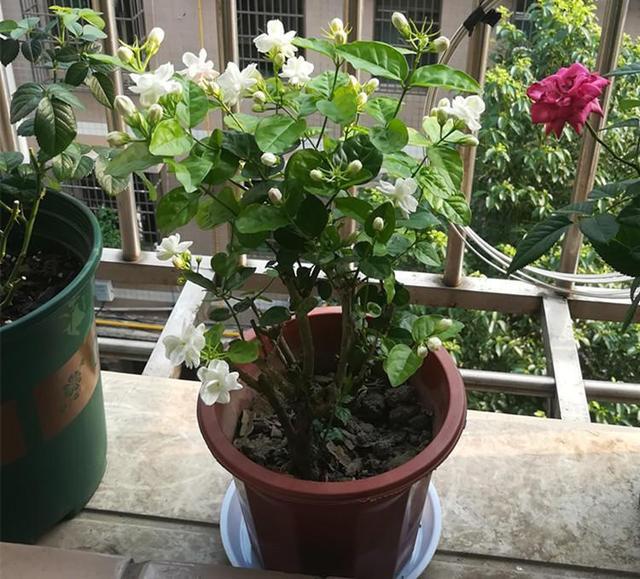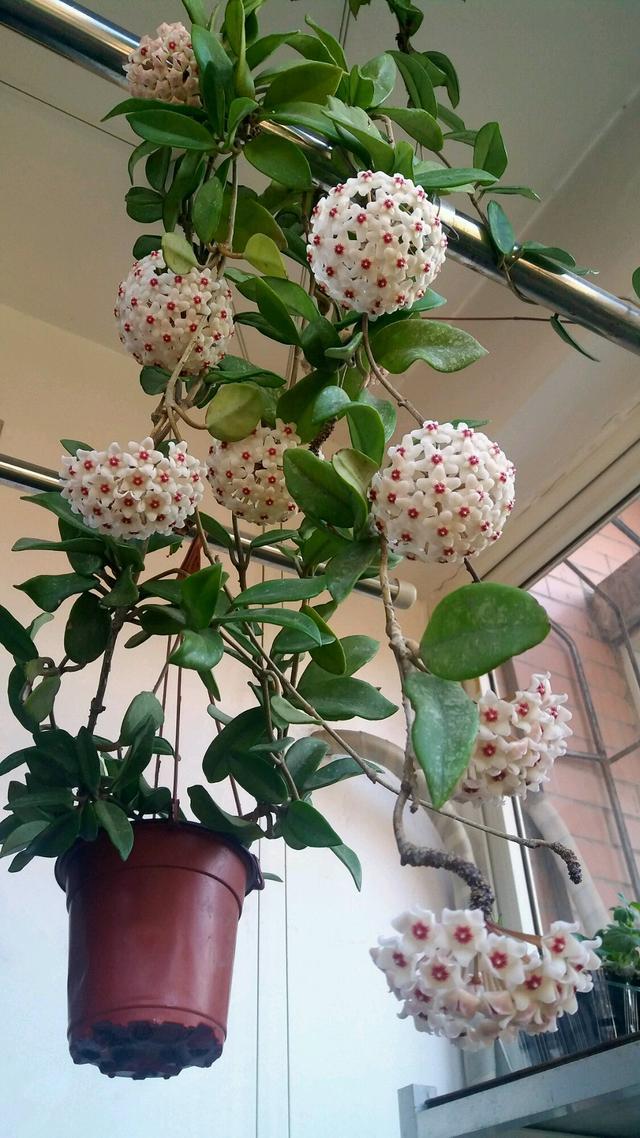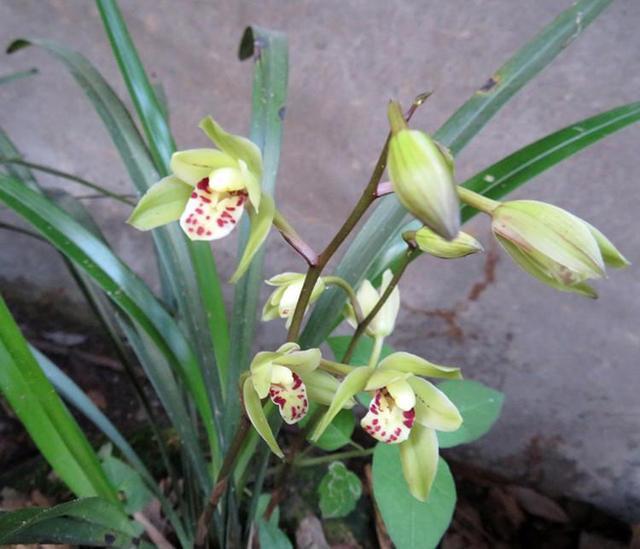Clear orchid turbid jasmine has to be strong to raise jasmine.

Jasmine is a fat-loving flower, so there is a saying that "clear orchid, turbid jasmine". Especially in the period of new flower formation and full flower harvest, more attention should be paid to regular fertilization to ensure the nutrition needs of plants. It can be said that for raising jasmine, fertilization has to be "strong".
The fertilization of jasmine should be carried out according to different seasons, different growth periods and good or bad weather. When applying fertilizer, we should adhere to the principle of "applying thin fertilizer frequently", applying more in the hot growing season, applying less in the cold season, and not applying it in winter dormancy (except those who overwintered in the greenhouse). Generally, the general organic fertilizer for flowers is applied once a week, and the root is diluted 500 times. However, in the peak growing season, new flower formation and full flowering should be treated with general organic fertilizer and water every 1-2 days, so as to promote growth and blossom.
In addition, jasmine fertilizer needs complete fertilizer containing nitrogen, phosphorus and potassium. Among them, nitrogen fertilizer can promote the branches of jasmine strong, flowers and leaves hypertrophy, luxuriant growth. However, more application is easy to make the branches and leaves grow, and if it is insufficient, the plant is small and delicate. Phosphate fertilizer can make jasmine flowers bloom well, while the lack of phosphate fertilizer affects flowering. Potash fertilizer can mainly enhance the cold resistance and disease resistance of jasmine.
In the family raising jasmine, many flower friends like to apply bean cake and sesame oil residue to jasmine, and pour jasmine with water after soaking and fermentation. The amount of fertilizer and water prepared by ourselves must be strictly controlled. The liquid fertilizer made from bean cake and sesame oil residue should be mixed with water before application, and the original solution should never be applied. Even if the concentration of the original solution is on the low side, it is easy to burn roots and turn the plant leaves yellow.
If you want a self-made flower friend, you can do it like this: soak the broken bean cake or sesame oil residue in water 10 times its weight, put it in the sun after full fermentation for more than a month, and wait for the water to be dark brown and smelly. It can be used with water. When fertilizing, first take a liquid fertilizer solution, then mix it with 10-15 times of clear water, stir it fully and spray it with a spray can.
In the process of raising jasmine, it is strictly forbidden to use raw fertilizer that is not fermented, such as washing fish water, rinsing milk bottle water, etc., let alone pour the eggshell containing egg liquid into the flowerpot, because these raw fertilizer cannot be absorbed by the plant and cannot play the role of fertilizer and solidify the soil.
For the jasmine that burns the roots due to high concentration of fertilizer, resulting in defoliation, pour the pot immediately. The method is to remove the damaged plant from the basin, first remove the soil from the outer layer of the root, and then replace it with newly cultured soil. Immediately after potting, pour water thoroughly and put it in the shade. After a period of time, wait for the plant to grow new branches and leaves, and then put it under the sun for normal management.
- Prev

Don't raise green orchids. This flower deserves to have beautiful flowers and leaves, fragrant and full of flowers in four seasons.
Guide green potted plants is a necessary embellishment of home life, raising some flowers and plants at home, many benefits, not only can beautify the room, but also happy mood. Huasheng potted Plant Diary No. 1164 will introduce you to a new type of indoor potted plant. ...
- Next

You need to read in advance to raise orchids in the second hot month in August.
August is coming, which means that a new round of high temperatures is coming. Raising orchids this month is still facing a high temperature crisis, so florists want orchids to get through August smoothly, and some skills for raising orchids in August should be read in advance. ...
Related
- Wuhan Hospital Iron Tree Blooming Result Was Instantly Frightened by the Gardener Master
- Which variety of camellia is the most fragrant and best? Which one do you like best?
- What is the small blue coat, the breeding methods and matters needing attention of the succulent plant
- Dormancy time and maintenance management of succulent plants during dormancy
- Minas succulent how to raise, Minas succulent plant pictures
- What are the varieties of winter succulent plants
- How to raise succulent plants in twelve rolls? let's take a look at some experience of breeding twelve rolls.
- Attention should be paid to water control for succulent plants during dormant period (winter and summer)
- Watering experience of twelve rolls of succulent plants
- Techniques for fertilizing succulent plants. An article will let you know how to fertilize succulent plants.

